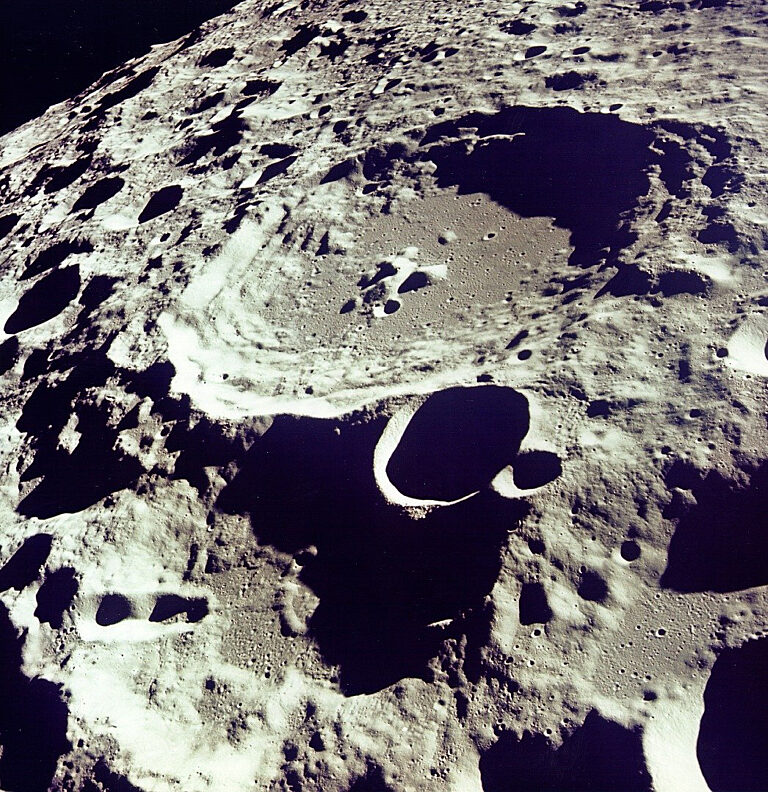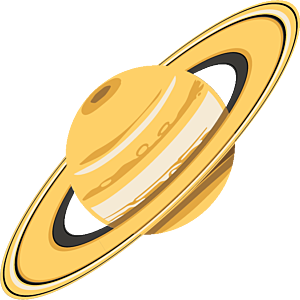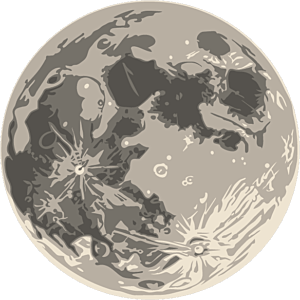The Downlink • Aug 25, 2023
Moonstruck
Space Snapshot

The Moon’s cratered surface is a time capsule of sorts. While the Earth’s tectonic activity and erosion have erased most of its craters, the Moon shows almost its entire impact history, providing insight into conditions in this part of the Solar System over the past four billion years. This image of a heavily cratered region of the lunar highlands was taken by the Apollo 11 crew while in orbit around the Moon in 1969. Image credit: Apollo 11 crew/NASA.
You love space, now take action
This weekly newsletter is your toolkit to learn more about space, share information with your friends and family, and take direct action to support exploration. Anyone can subscribe at planetary.org/connect to receive it as a weekly email.
Mission Briefings


Chandrayaan-3 successfully landed on the Moon. The Indian Space Research Organization's mission successfully landed on the Moon’s southern polar region on Wednesday, making India the fourth country ever to land on the Moon. Next, a lander named Vikram and a rover named Pragyan will deploy to study this part of the Moon, which has never been studied up close. Pictured: A series of images captured by the spacecraft prior to landing. Image credit: ISRO.

Luna-25 wasn’t so lucky, crashing while preparing to land on the Moon. The Russian lunar mission was intended to land in the same area as Chandrayaan-3 two days earlier, but instead crashed when an orbit-lowering maneuver went awry. The mission would have been Russia’s first lunar landing since the Soviet era, and would have played a part in a broader Chinese-led lunar research program.

An orbital debris cleanup mission has been set back by a collision with other debris. The European Space Agency’s Clearspace-1 mission aimed to remove a large piece of debris from low Earth orbit as part of an overall cleanup effort, but that object is now in pieces after being struck by another, untracked object. This underscores the importance of orbital debris cleanup, since small, untrackable objects pose a threat to all other things in orbit, including active spacecraft and crewed vehicles.

Jim Burke, a true space pioneer, passed away this week at the age of 97. Jim Burke was the first manager of the United States’ first planetary exploration program: the Ranger missions that obtained the first close-up images of the lunar surface. He worked at NASA’s Jet Propulsion Laboratory for many decades, making an unparalleled contribution to the exploration of the Cosmos. He was also deeply involved with The Planetary Society for many years, helping establish the Planetary Report magazine, leading many technical projects, and advocating for exploration. In this video from 2015, Jim shared some of his memories from the early days of the Society.
From The Planetary Society


What would happen if an asteroid hit the Moon? While small impacts from meteoroids are common on the Moon, and it’s certainly had its share of major impacts over its history, we don’t often see large asteroids hitting our natural satellite. Learn what would happen if a big space rock did ever cross paths with the Moon. Pictured: Rays emanating from the Tycho crater on the Moon, caused by a major impact 108 million years ago. Image credit: NASA/ESA/D. Ehrenreich.

Europa’s oceans are a hot spot in the search for life, but is that because we’re biased? The icy moon’s oceans are thought to be potentially Earth-like, but this is based on several assumptions that might not be true. Kevin Trinh from Arizona State University is studying Europa's formation history, including how its oceans might have formed differently from those on Earth. He joins this week’s Planetary Radio to discuss his research and the questions it opens up about Europa.

A total solar eclipse is happening in North America next year. While only one stretch of land will witness the eclipse in its totality, lots of people nearby will get to see a partial eclipse. While partial eclipses are still undeniably awesome, here’s why it’s worth getting into the path of totality. And whatever kind of eclipse you wind up seeing, make sure you’re equipped with eclipse glasses to protect your eyes. Purchase a pair of Planetary Society eclipse glasses and you’ll be helping advance our mission at the same time.

It’s not too late to register for the Day of Action. Anyone who lives in the United States can join our annual advocacy event in Washington, D.C. on Sept. 17 and 18, 2023. We arrange for you to meet with your representatives in Congress, and train and equip you to speak to them about the importance of funding the future of space science and exploration. This is your opportunity to make a difference. Sign up now.
What's Up

Saturn is at opposition this week, meaning it is on the opposite side of the Earth from the Sun. It will rise around sunset and set around sunrise, looking especially bright and yellowish. Jupiter also shines bright throughout most of the night. On Aug. 31 we’ll be treated to the second full Moon of the month, making it a blue Moon. Since the Moon is particularly close to the Earth in its orbit right now, it’ll also be a supermoon meaning it will look larger than usual. Learn more in our monthly night sky feature.
Wow of the Week

Planetary Society member Rachel Simko Breheny shared with us this pencil and charcoal drawing of the Moon in all its cratered glory. You can see the whitish rays surrounding Tycho crater (near the bottom) and Copernicus crater (higher and to the left), which are made of material ejected by the impacts that created the craters. Image credit: Rachel Simko Breheny.
Send us your artwork!
We love to feature space artwork in the Downlink. If you create any kind of space-related art, we invite you to send it to us by replying to any Downlink email or writing to [email protected]. Please let us know in your email if you’re a Planetary Society member!


 Explore Worlds
Explore Worlds Find Life
Find Life Defend Earth
Defend Earth


